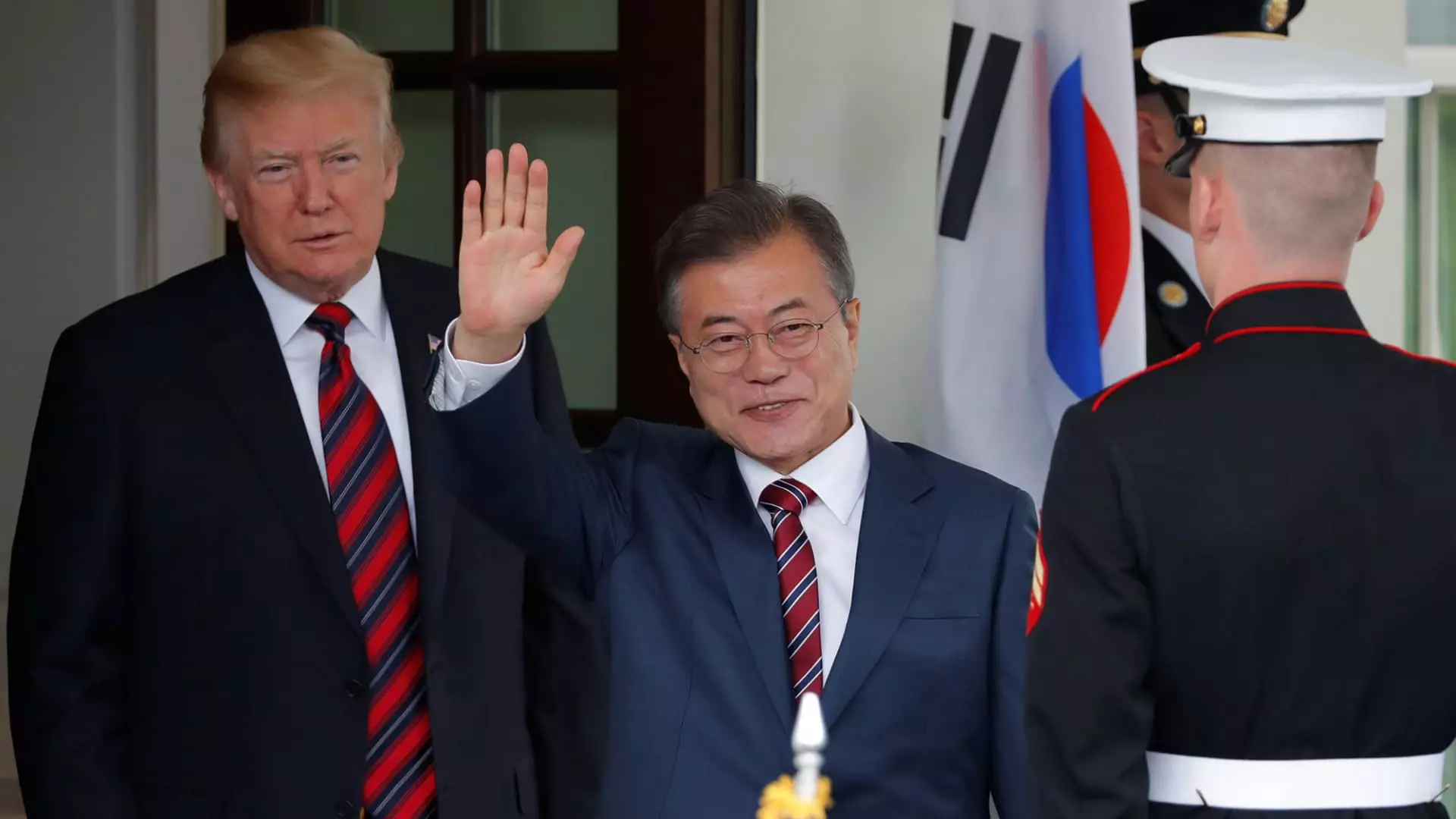As the specter of increasing tariffs hangs over the U.S. automotive sector, the implications could be profound, particularly concerning imports from South Korea and Japan. These two East Asian nations collectively accounted for over 16% of vehicle sales in the U.S. last year, making them critical players in the market. This article explores the potential ramifications of tariff hikes, the competitive dynamics in the automotive industry, and the broader trade implications of such policies.
In 2024, South Korea and Japan were responsible for 8.6% and 8.2% of U.S. vehicle sales, respectively, according to data from GlobalData. With South Korea surpassing both Japan and Canada to become the second-largest exporter of new cars to the U.S., it is important to understand the competitive landscape. Currently, vehicles imported from South Korea benefit from a 0% tariff due to existing trade agreements. In contrast, Japanese imports face a modest 2.5% tariff. This distinction plays a vital role in shaping pricing and market share, especially as President Trump considers imposing much higher tariffs, which could further alter the competitive balance.
Major automakers like General Motors (GM) and Hyundai, which rely on tariff-free imports from South Korea, could face significant repercussions should the administration escalate tariff rates. Jeffrey Schuster, a global automotive research executive at GlobalData, notes that Hyundai holds substantial exposure, as does GM, particularly concerning large volume models. As GM increases its reliance on South Korean imports—significantly ramping up sales from 173,000 vehicles in 2019 to over 407,000 last year—the stakes grow higher for both companies.
Moreover, the potential for tariffs extending to trucks imported from these nations adds another layer of complexity. Currently standing at 25%, such tariffs could raise vehicle costs, pushing manufacturers to either absorb the costs or pass them on to consumers. This increase in vehicle prices could dampen demand and disrupt market dynamics as consumers seek more affordable alternatives.
Despite efforts made under the Trump administration to renegotiate trade agreements—with claims that these changes would benefit U.S. automakers—little has shifted in the balance of vehicle exports between South Korea and the U.S. The bilateral agreement made in 2018 aimed to enhance vehicle imports to South Korea but failed to substantially alter the export landscape. Notably, U.S. passenger vehicle exports to South Korea have plummeted by approximately 16%, raising questions about the effectiveness of these trade negotiations.
Trade experts suggest that while the automotive industry has historically been able to adapt to various trade policies, significant changes—such as new tariffs—can take time to adjust to. Terence Lau, an academic and former trade expert, emphasizes that while minor tariffs may be manageable, those exceeding 10% could severely impact profit margins. The necessary adjustments in manufacturing and pricing could prove challenging, given the time-sensitive nature of consumer preferences and market trends.
There exists a complex interplay between consumer demand and pricing strategies; higher prices typically reduce demand. As companies like GM and Hyundai face possible tariff-induced cost increases, the consumer could ultimately bear the brunt of such economic policies.
Ford Motor CEO Jim Farley has stated that any new tariffs should be examined comprehensively rather than targeting specific nations or companies, warning that selective imposition could inadvertently create advantageous conditions for foreign competitors. A broad view of tariff policy could ensure a fair field for all automakers operating within North America.
As discussions around potential tariffs continue, the focus remains on how these changes will reshape the competitive landscape, not only for U.S.-based manufacturers but also for foreign companies operating within American borders. The necessity for a balanced approach in trade policy is clear; only through comprehensive measures will the complexities of the global automotive market be addressed effectively.
The prospect of increased tariffs on imports from South Korea and Japan introduces considerable uncertainty into the U.S. automotive market. As major manufacturers grapple with the implications, the potential for heightened consumer costs, shifts in trade dynamics, and long-term impacts on market share loom large. For the automotive industry, adaptability remains essential, but the effects of tariffs can create a momentum that poses challenges to even the most well-prepared companies. With discussions still unfolding in the halls of power, the future of the U.S. auto industry hangs in the balance.


Leave a Reply